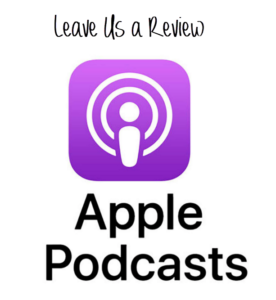Introduction
As I was driving my car while stuck in traffic on a busy afternoon, a notification popped up on my dashboard notifying me to call the auto dealership and schedule a service appointment. This isn’t something that’s out of the ordinary, however, I was initially impressed at how the car’s systems knew to alert me based on data it had collected on its own systems and shared it with the car manufacturer. This interconnectedness of devices over the internet is essentially a clear example of the Internet of Things (IoT) at work.
What is IoT?
IoT refers to all physical devices (things) around the world that are connected to the internet thereby enabling them to collect and share data about their usage and the environment in which they are being used. This has profoundly been aided by the ubiquity of wireless networks as well as the lowering costs of computer chips in recent years. Embedded sensors and different software can now be added to devices to allow them to collect and share real-time data without the involvement of a human being. The sharing of data occurs through a standard IoT platform, which is a multi-layered technology that offers direct provisioning and management of connected devices within the IoT space. Simply put, the IoT platform plays the role of middleware, and connects hardware devices to cloud applications.

Enhancements of IoT through Artificial Intelligence (AI)
With billions of devices being connected to the internet, they generate a lot of data that needs to be collected and mined for actionable results to be applied. AI algorithms perform various analytics and convert the large amounts of data that have been gathered by IoT devices into meaningful business applications.
Without AI-powered analytics, IoT devices and the data they collect would have very limited value. Additionally, AI systems would struggle to cope efficiently in business environments without the IoT-generated data constantly flowing into the cloud applications. This combination of IoT and AI can significantly transform businesses by enabling them to make more intelligent decisions based on analyzing the large amounts of data collected.
Common Benefits of IoT in the Society
Smartphones indisputably dominate the world of interconnected devices today, however, a wide variety of other devices such as wearables (Fitbit/Apple Watch) and smart home devices (Alexa/Google Home) have steadily been gaining widespread use because consumers continue to seek experiences that will help ease their daily lives through personalization and customization.
Below are some of the benefits that businesses could achieved through IoT:
- Quicker response times – with plenty of data coming in from more devices, businesses can learn, anticipate, and better respond to individual needs or issues that need to be resolved.
- Short feedback loops – businesses can quickly learn about consumer experiences and make any necessary adjustments.
- Immediate resolution of issues – businesses can identify and track issues affecting a specific product and send out notifications to its distribution channels to isolate the affected products from being sold to consumers.
- Better user experience – analyzed data can provide better insights that are shared with the devices to improve customer experience.
- Better inventory management – through barcode sensors at warehouse and retail sites, businesses can easily manage their product inventory by scaling up or down as needed.
Conclusion
There are plenty of other examples showing the benefits of IoT, and the industry itself is growing as a result of that. Estimates show that by the end of 2020, there will be over 20 billion IoT devices, which further emphasizes the need for the increased adaptation of IoT for businesses. All these efforts leave no doubt that consumers will be the biggest beneficiaries of future IoT innovations.
Published by
Fred Obiero
